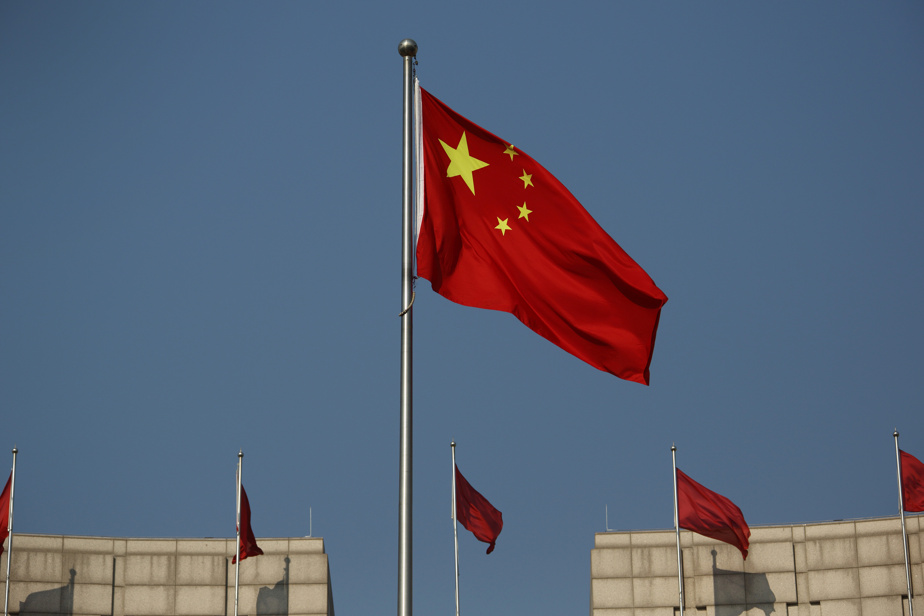(Beijing) China released weaker-than-expected economic indicators for May on Thursday, as many economists argue for a stimulus package to boost growth in the world’s second-largest economy.
Last month, one in five young Chinese was unemployed, a rate of 20.8% and a new record in the Asian country.
This rate, which concerns 16-24 year olds in urban areas, has continued to rise in recent months and reached 20.4% in April. The rate for the working population as a whole, on the other hand, was unchanged compared to April (5.2%).
In China, the unemployment rate is calculated for urban areas only and therefore provides only a partial picture of the situation.
Retail sales, the main indicator of household consumption, have also experienced a decline, according to official figures from the National Bureau of Statistics (BNS).
This indicator, which is closely followed by the markets, rose last month by 12.7% over one year, but at a rate much lower than that of April (18.4%).
Analysts polled by the Bloomberg agency expected a more moderate slowdown (13.7%), despite the return of customers to shopping centers and restaurants in recent months after the lifting of anti-COVID-19 restrictions.
Weak domestic demand, despite near-zero inflation, is holding back the recovery.
Industrial production also slowed in May (+3.5% year on year), against 5.6% a month earlier, as factories gradually returned to full capacity.
Analysts had anticipated this decline.
For its part, investment in fixed assets also slowed down further, posting an increase of 4% over one year over the first five months of the year.
This is an indicator of spending on real estate, infrastructure, equipment or machinery, sectors on which the government has relied to stimulate activity.
The Chinese government is aiming for around 5% growth this year, a rate that would be one of the weakest in decades for the Asian giant.
To support the recovery, the Chinese central bank on Thursday lowered a reference rate for medium-term loans, a measure anticipated by the markets.
